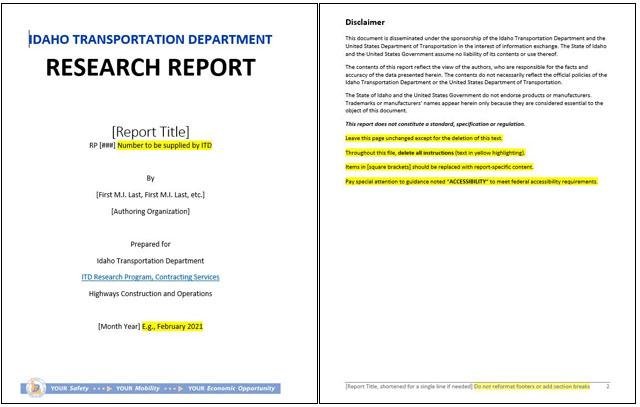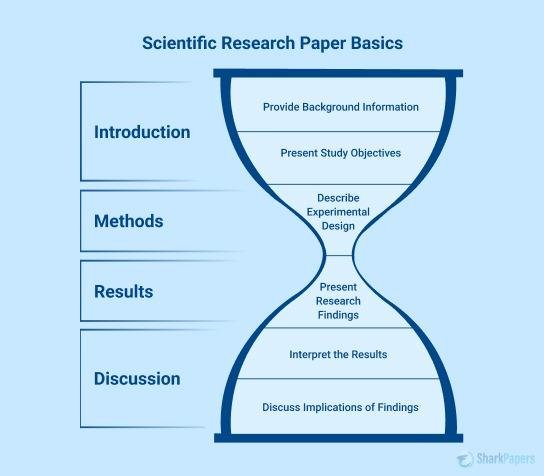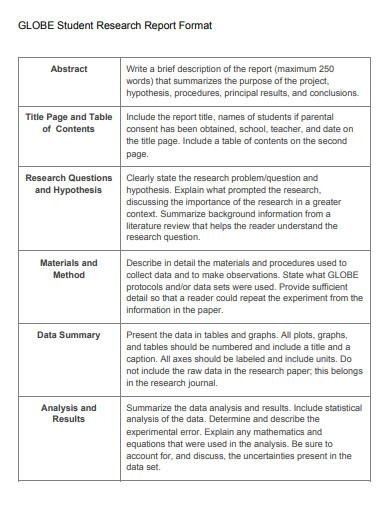research report format for students

In the ever-evolving landscape of academia, the ability to communicate research findings effectively is a skill that every student must master. Whether you’re embarking on your first investigative project or refining your abilities for more advanced studies, understanding the nuances of a research report format is essential. This article delves into the key components of an effective research report, guiding you through the intricate blend of structure, clarity, and presentation that transforms raw data into compelling narratives. From the introduction that captures your reader’s attention to the conclusion that reinforces your findings, we will illuminate each segment of the report, empowering you to convey your insights with confidence and precision. Join us as we explore the art and science of crafting research reports that stand out in both academic and professional landscapes.
Understanding the Structure of a Comprehensive Research Report
At the heart of any quality research report lies a well-structured design that guides the reader through the findings and insights. Typically, a comprehensive research report is divided into several key components, each serving a distinct purpose. The Title Page introduces the topic and author, while the Abstract summarizes the essential elements of the report succinctly. Following these introductory sections are the Table of Contents, which aids in navigation, and the Introduction, which sets the context and outlines the research question. As the reader delves deeper, they encounter the Literature Review, providing background and relevance, and the Methodology, detailing how the research was conducted.
The core of the report often encompasses the Results and Discussion sections. Here, findings are presented with clarity, often supported by graphs, tables, and other visual aids. A Conclusion wraps up the research narrative by summarizing key insights and implications, while references acknowledge the works and concepts that shaped the study. To exemplify these components, consider the following simplistic table:
| Section | Description |
|---|---|
| Title Page | Introduces the report and its authors. |
| Abstract | A brief summary of the research. |
| Introduction | Sets the context and defines the research question. |
| Results | Presentation of findings. |
| Conclusion | Summarizes and reflects on the research implications. |

Essential Components: What Every Student Needs to Include
When crafting a research report, students should ensure they include key components that create a comprehensive and clear narrative. The introduction sets the tone for the entire document, providing essential background information and outlining the purpose of the study. Following this, a detailed literature review should summarize existing research related to the topic, highlighting gaps that your own research aims to fill. Additionally, a well-defined methodology section is crucial, as it outlines the research design, data collection methods, and analytical techniques used. These components serve as the framework upon which the findings and conclusions are built.
Next, presenting the results in a clear and organized manner is vital for readers to understand the implications of your research. Utilizing tables and figures can effectively convey complex data. For instance, a table summarizing demographic information or a chart illustrating trends can reinforce your findings visually. in the discussion section, it’s important to interpret the results, linking back to your initial hypotheses and addressing the significance of your findings. A thorough conclusion wraps up the report, emphasizing main points and potential future research avenues. a well-structured report will combine insightful content with organized presentation to facilitate reader understanding.
| Component | Description |
|---|---|
| Introduction | Sets the context and purpose of the research. |
| Literature Review | Summarizes existing research and outlines gaps. |
| Methodology | Describes research design and methods. |
| Results | Presents findings in a clear format. |
| Discussion | Interprets results and connects to hypotheses. |
| Conclusion | Summarizes key points and suggests further research. |

Best Practices for Clear and Effective Presentation of Findings
When presenting your findings, clarity and conciseness are paramount. Utilize simple language to explain your results without jargon that might alienate your audience. Organize your content logically, ensuring each section flows naturally into the next. Employ visual aids such as graphs, charts, and tables to help illustrate key points, making it easier for readers to grasp complex data quickly. Remember to maintain a harmonious balance between text and visuals to avoid overwhelming your audience.
Additionally, emphasize important takeaways by using bullet points or highlighting techniques. This allows key messages to stand out, facilitating quicker comprehension. Consider using a consistent formatting style throughout your report, including headings, subheadings, and font choices that enhance readability. In cases where data is voluminous, employing a simple HTML table can effectively break down the information into digestible segments, as shown below:
| Finding | Description |
|---|---|
| Key Trend 1 | Shifts in consumer behavior due to economic changes. |
| Key Trend 2 | Increased demand for sustainable products. |
| Key Trend 3 | Technological advancements in product delivery. |

Common Pitfalls to Avoid: Ensuring Academic Integrity and Originality
html
Maintaining academic integrity is crucial for creating ethical and credible scholarly work. One of the most common pitfalls to avoid is plagiarism, which can occur when students fail to properly credit the original sources of their ideas. To steer clear of this, ensure that you:
- Always cite your sources correctly, following the required citation style.
- Utilize plagiarism detection tools to check the originality of your work before submission.
- Paraphrase rather than copy, making sure to put ideas into your own words while still attributing the original author.
Another frequent issue is the lack of proper time management. Rushing to complete a project at the last minute often leads to poor quality and the temptation to take shortcuts. To combat this, it's helpful to:
- Create a detailed timeline for your research and writing processes.
- Break your project into manageable sections and set deadlines for each part.
- Allow time for revision and feedback, which can significantly enhance the quality of your final work.
The Way Forward
As we conclude our exploration of the research report format tailored for students, it’s essential to remember that mastering this structure is not just an academic exercise—it’s a vital skill that fosters critical thinking and effective communication. By adhering to a clear and organized format, students can transform their findings into compelling narratives that resonate with their audience. Whether you are documenting a science experiment, surveying public opinion, or analyzing literary themes, a well-structured report will enhance the clarity of your insights and the impact of your conclusions.
Just as we’ve seen throughout this article, each component of the research report—from the introduction to the conclusion—plays a crucial role in delivering a coherent and persuasive message. Embrace the framework we’ve discussed, and allow your creativity and analytical skills to shine through your writing. Remember, every great researcher started as a student, and with practice, you too can develop the proficiency to convey your ideas and discoveries effectively. Happy writing, and may your future research be as enlightening as it is well-presented!




